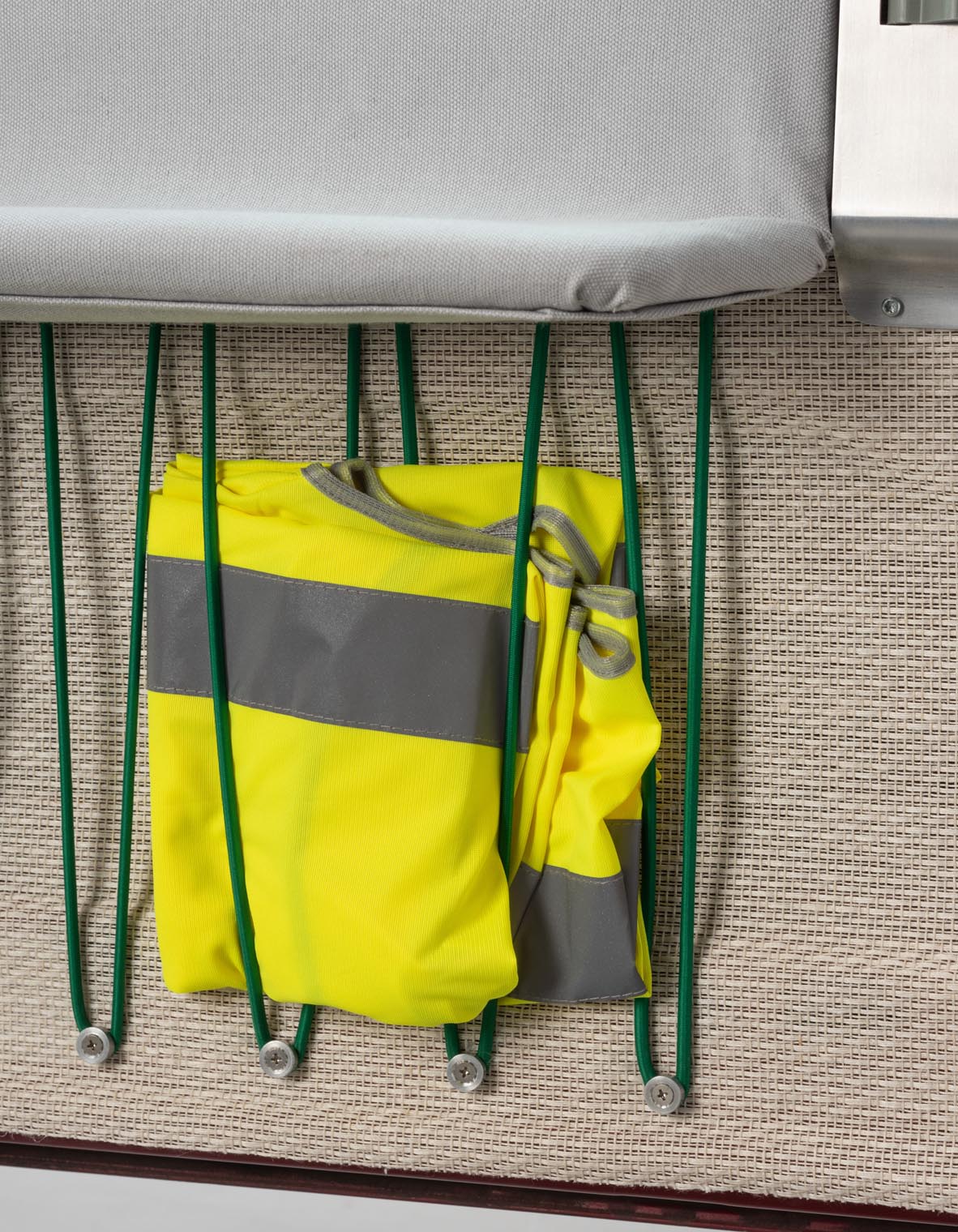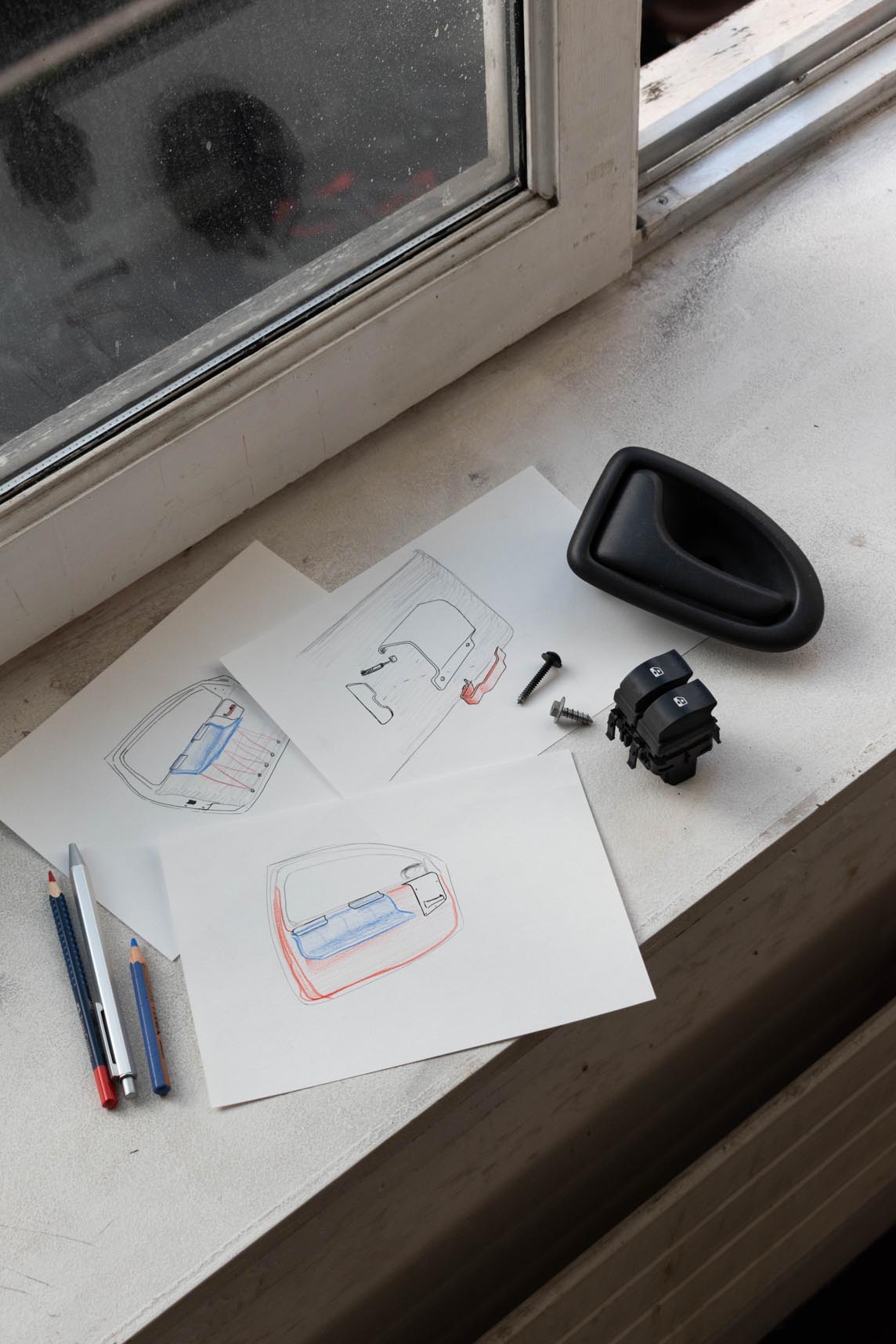Ni Fast, ni Furious
Diploma project
2022
Process to transform worthless combustion-powered cars in radical contemporary electric cars
In a context of tensions over resources and energy, how to imagine a more sober future for automotive?
Facing the paradox of the destruction of old - yet functional - cars, ''Not Fast nor Furious'' envisions a way to make them evolve towards the electric technology while restoring their value.
Simple and flexible elements that can be locally produced are designed to make those vehicle desirable again.
Developed around the example of the Renault Clio but extendable to any car that is doomed to destruction, this project focuses on 3 parts that each tackle a different set of challenges : the front face, the seat and the door panel.
In a context of tensions over resources and energy, how to imagine a more sober future for automotive?
Facing the paradox of the destruction of old - yet functional - cars, ''Not Fast nor Furious'' envisions a way to make them evolve towards the electric technology while restoring their value.
Simple and flexible elements that can be locally produced are designed to make those vehicle desirable again.
Developed around the example of the Renault Clio but extendable to any car that is doomed to destruction, this project focuses on 3 parts that each tackle a different set of challenges : the front face, the seat and the door panel.
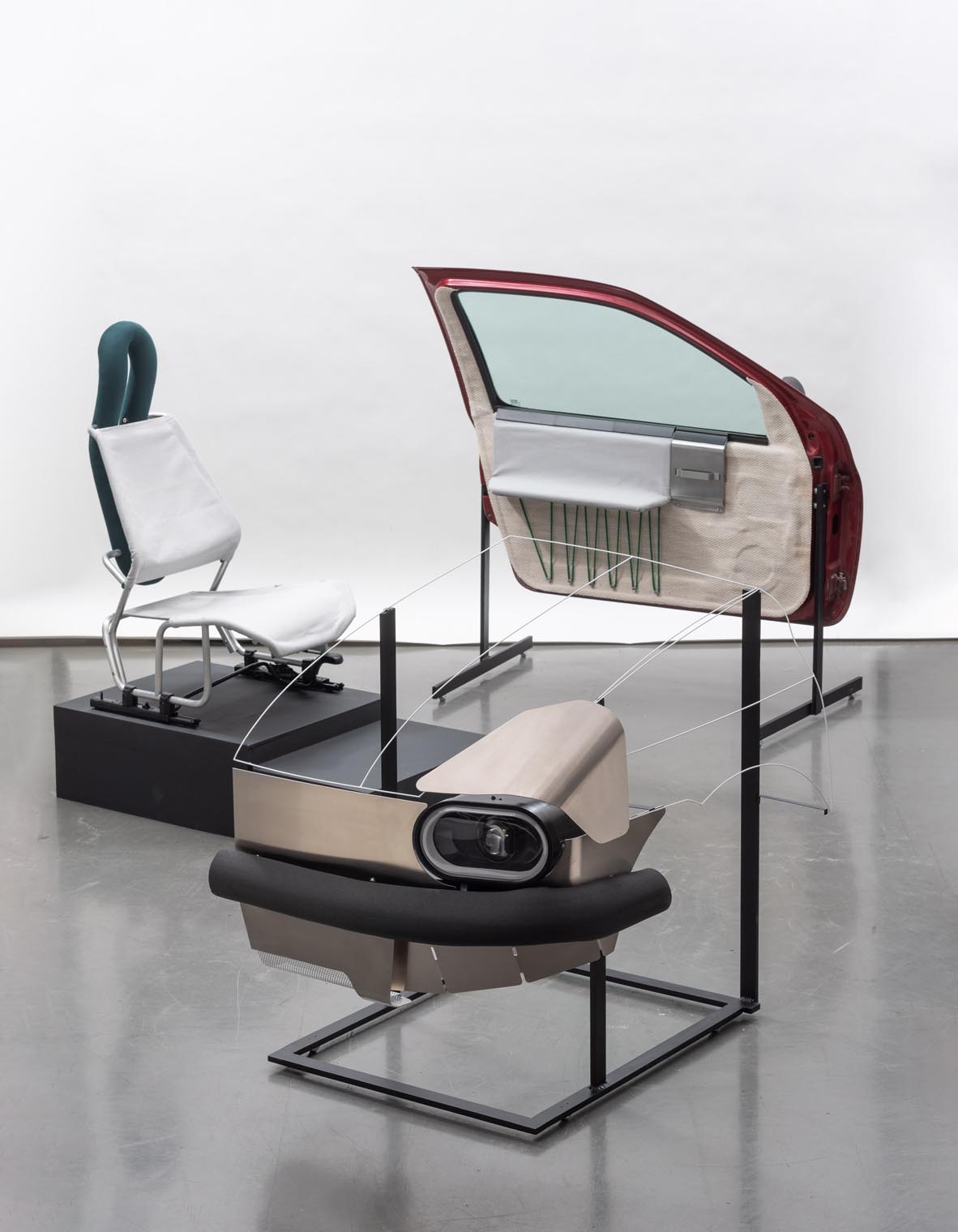


The front of the car deals with the exterior identity.
The symmetrical front light is covered by folded and water-jet cut aluminium that is mounted on adjustable connectors so that it can be adapted to different cars. A rubber foam tube replaces the original bumper.

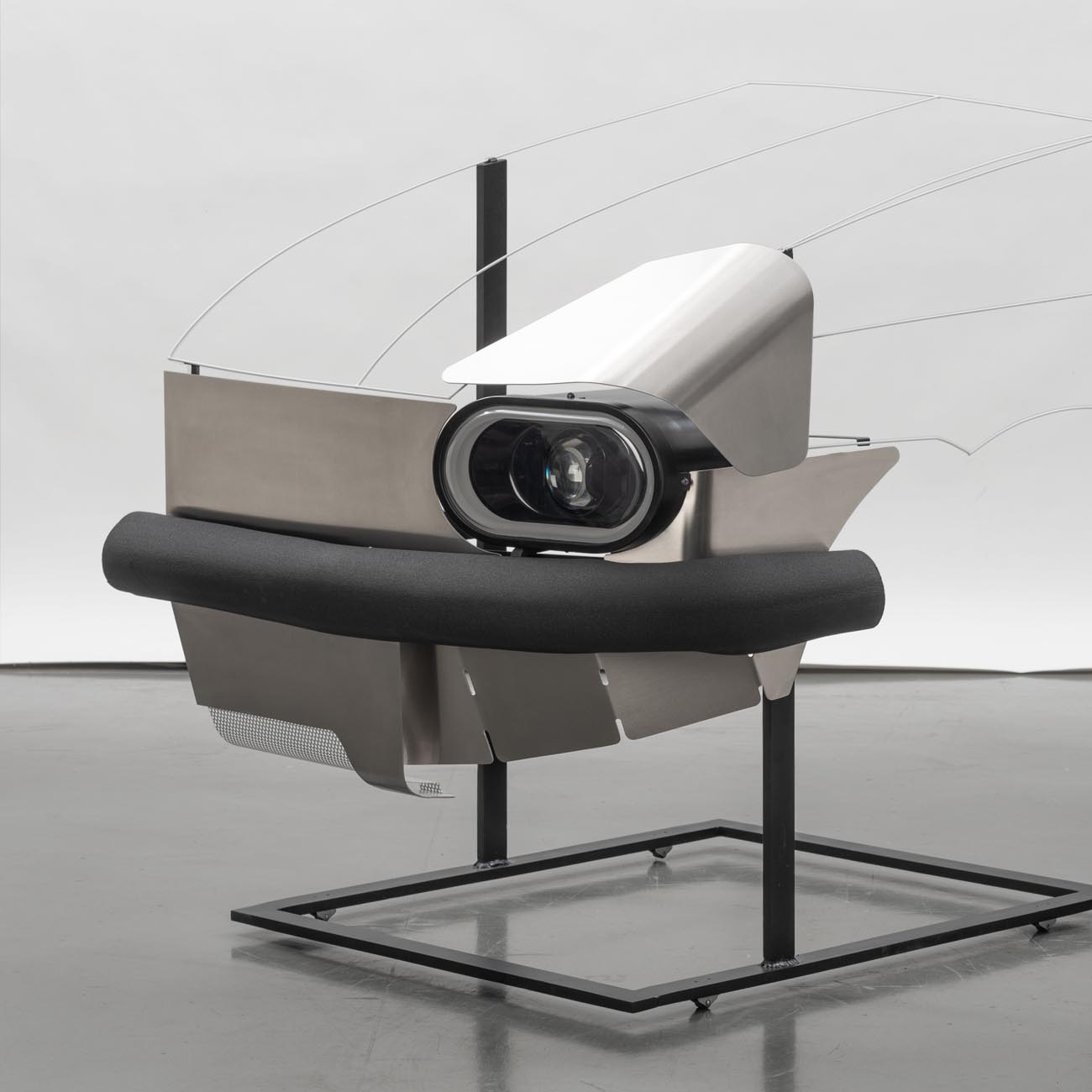


The seat embodies the notion of comfort and hospitality. It is structured with a tubular frame that is CNC-bent and covered with textile seat and backrest. The headrest extends in the back as a safety device for backseat passengers.
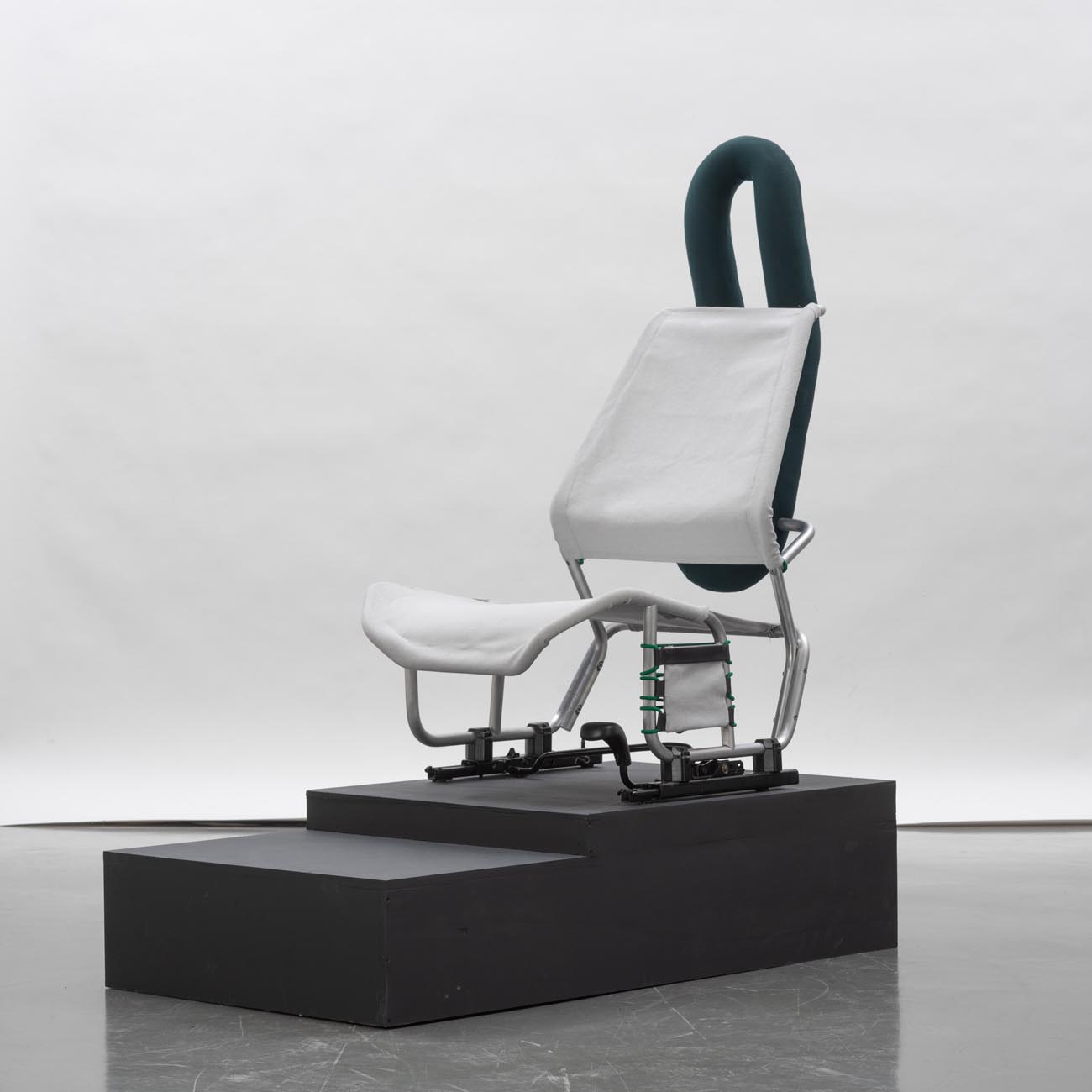
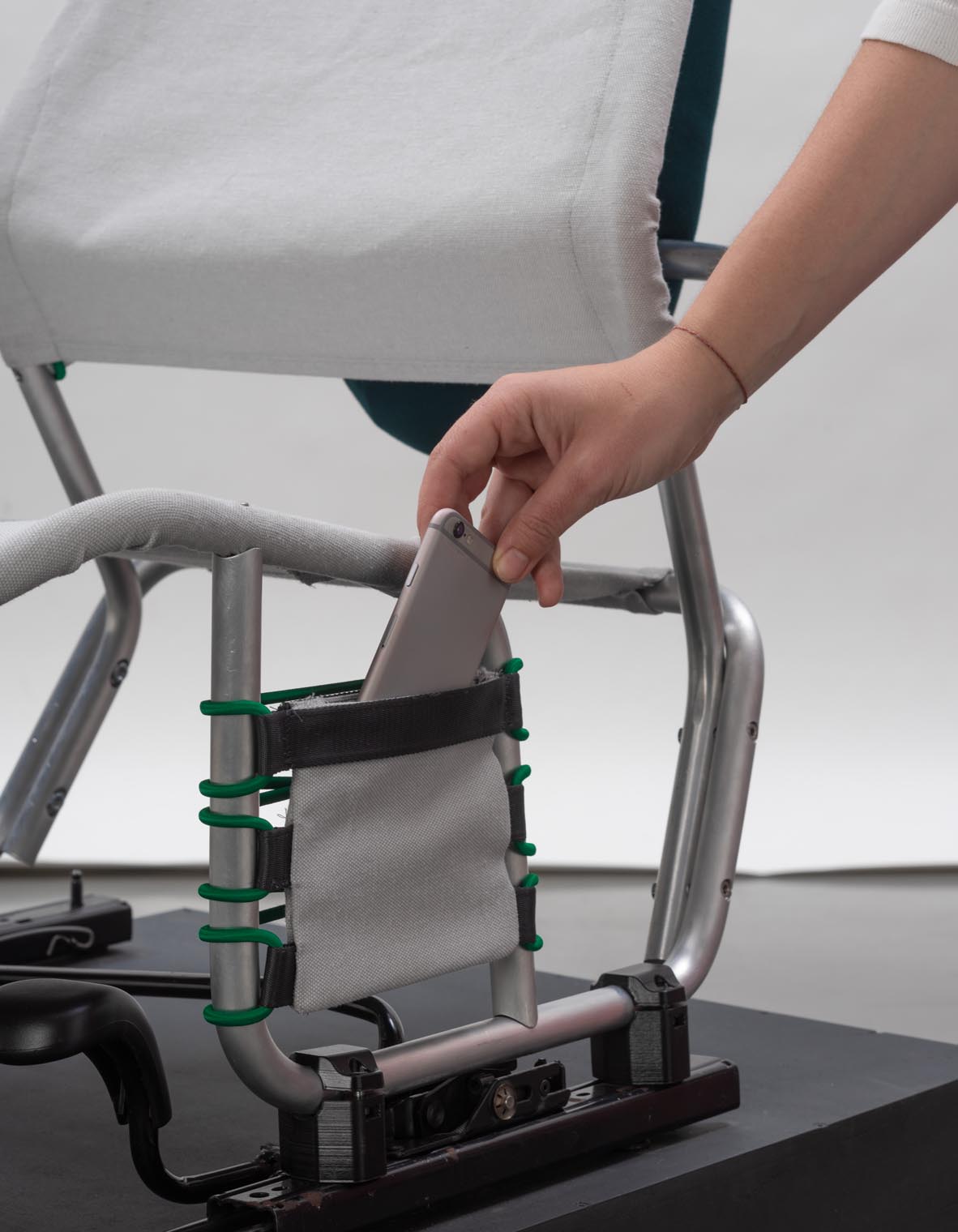


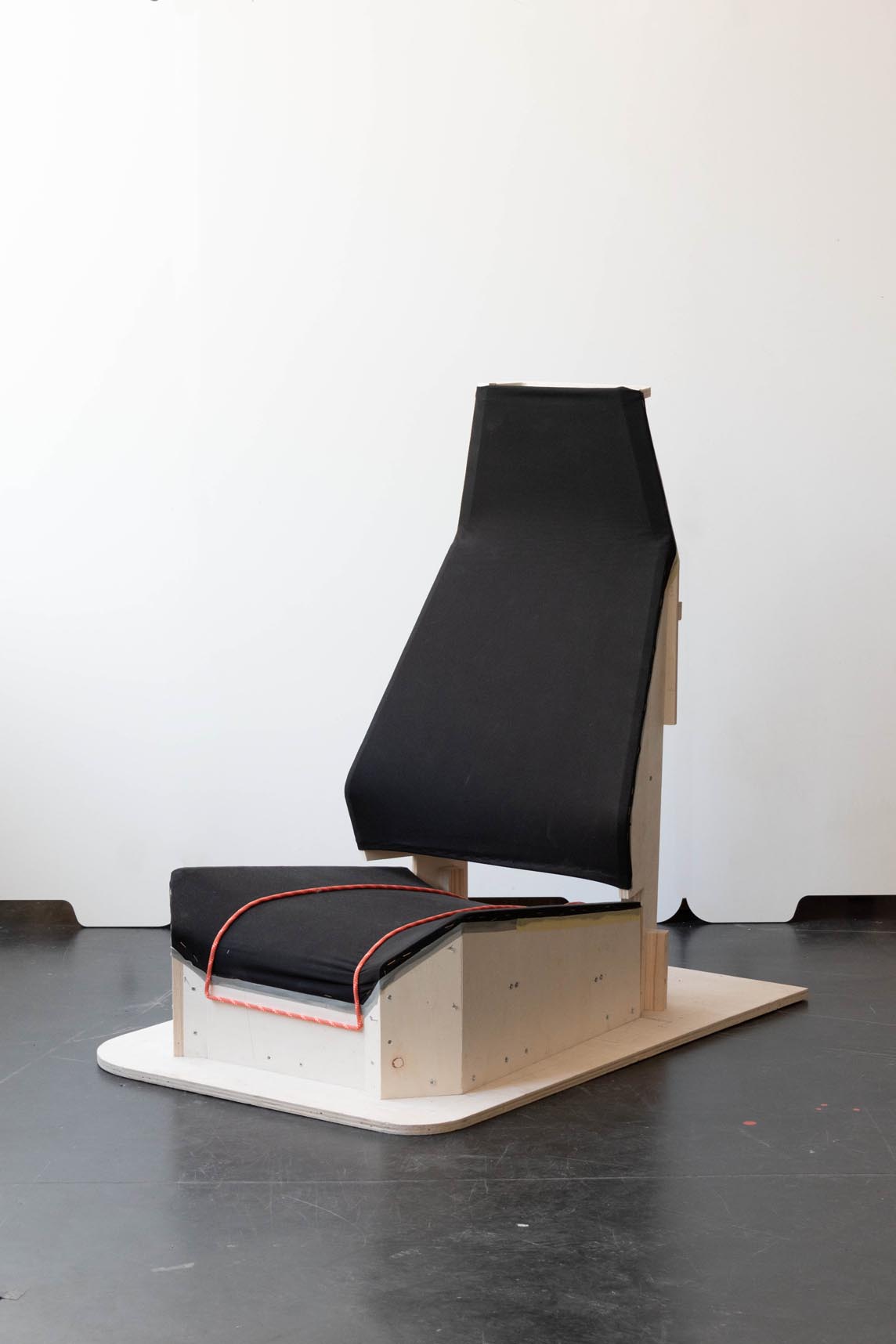
The door panel embodies the fusion of the old and the new.
It is covered with a composite material made of linen and PLA, heat-formed by hand to the shape of the door. The standard armrest and handle are mounted on a rail on the window seal. A grid of elastic strings allows storage of small objects and accessories.


